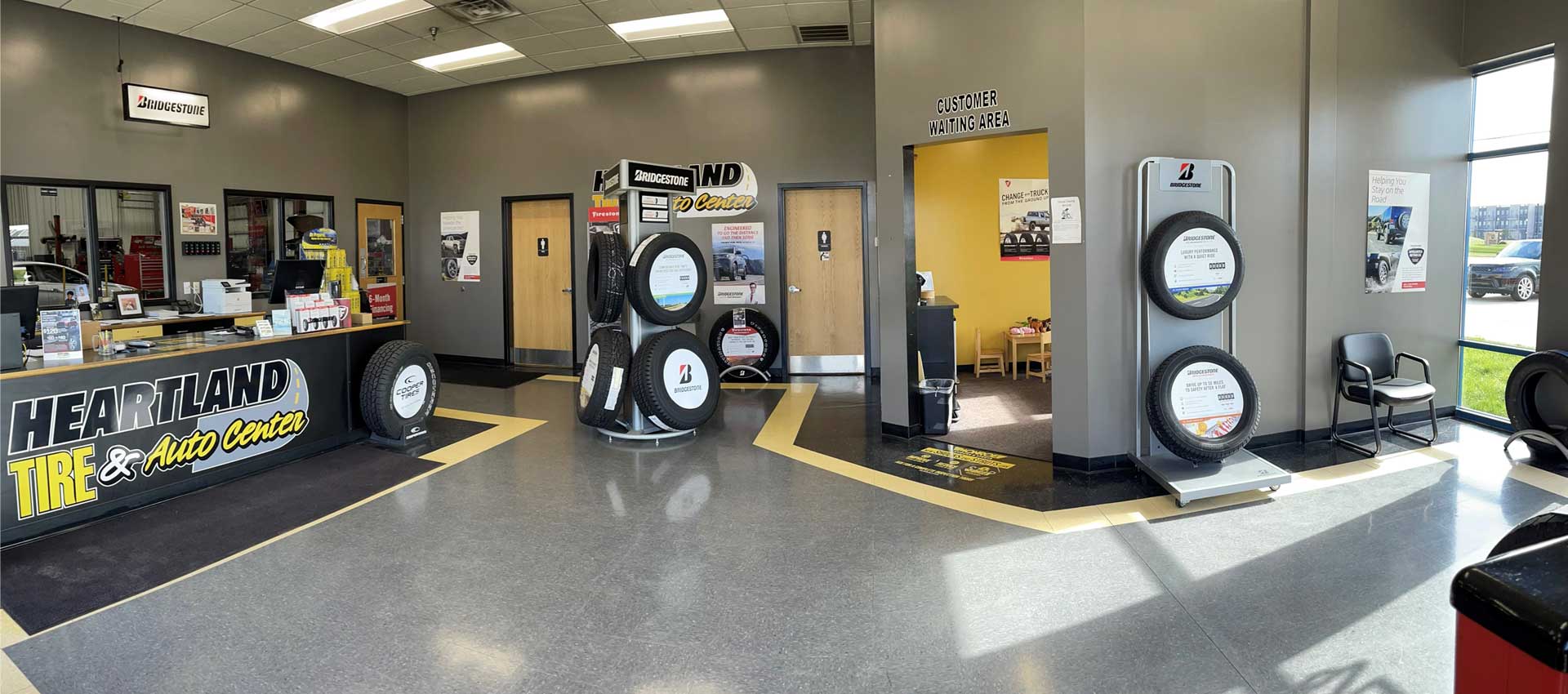Tire Service: The Effect of Weather Problems
When it concerns making sure optimal efficiency and safety and security when traveling, recognizing the impact of climate condition on tire service is vital. From scorching heat to icy roads, each weather condition component can considerably affect tire functionality and overall driving experience. By diving right into the results of varying weather on tires, vehicle drivers can acquire useful understandings that might enhance their automobile's efficiency and long life. In this discussion, we will certainly explore the complex partnership between weather and tire solution, dropping light on the value of weather-specific tire upkeep techniques and factors to consider.
Heat and Tire Performance
When subjected to high temperatures, tires experience adjustments in performance that can significantly influence automobile safety and security and handling. The warm produced from long term driving or warm weather problems triggers the tire rubber to soften, leading to reduced step life and enhanced wear.
Furthermore, high temperature levels can increase the process of tire aging, triggering the rubber to degrade extra rapidly. To alleviate the results of warmth on tire performance, chauffeurs must consistently check their tire pressure, rotate tires to guarantee also use, and evaluate for any kind of indicators of damages.
Cold Weather Effects
Cold weather problems can have a substantial influence on tire efficiency and security. In chilly weather, tires might additionally shed air pressure more swiftly, which can influence managing and fuel efficiency.
To minimize the results of chilly weather on tires, it is crucial to regularly examine tire pressure and inflate them to the manufacturer's advised degrees. Using winter or all-season tires made for winter problems can also boost traction and hold on icy or snowy roads - tires morris il. Appropriate tire upkeep, including normal assessments for wear and damage, ends up being even a lot more crucial throughout chillier months to make certain ideal efficiency and safety
Rainy Issues Impact
During rainy conditions, tire efficiency and safety and security can be dramatically influenced by the wet road surfaces and reduced visibility. The tread pattern of tires plays an essential function in maintaining traction on damp roadways. Tires with damaged treads are much more prone to hydroplaning, where a layer of water builds up between the road and the tire surface area, bring about loss of grip. To battle this, motorists must on a regular basis check their tires for appropriate tread depth and take into consideration spending in tires particularly developed for wet problems.

Snow and Tire Safety And Security
Snow-covered roads pose distinct obstacles for chauffeurs, stressing the significance of correct tire selection and maintenance. When driving in snowy problems, having the right tires can make a considerable distinction in safety and efficiency. Winter months tires are developed with unique rubber substances and tread patterns to offer far better grip on snow and ice compared to all-season tires. The deeper treads and sipes of wintertime tires aid grip the road better, lowering the threat of slipping and moving.
Along with making use of winter tires, it is essential to ensure they are appropriately blown up. Winter can create tire stress to go down, influencing grip and handling (mopar tire service specials). Consistently examining and keeping the proper tire stress is crucial for optimum efficiency in snowy problems

Weather-Related Tire Upkeep
When faced with numerous weather, proper tire upkeep becomes a vital aspect of automobile safety and performance. Weather-related tire upkeep encompasses a variety of techniques aimed at making sure optimal tire function and durability in various weather situations. One vital aspect of weather-related tire upkeep is tire stress regulation. Varying temperature levels can create tire pressure to vary, affecting grip and gas efficiency. On a regular basis examining and adjusting tire stress according to supplier recommendations is important for risk-free driving in changing weather. In addition, tire step deepness plays a significant role in dealing with various weather components. Tires with appropriate walk deepness offer far better grip on damp or icy roadways, reducing the risk of skidding or hydroplaning. When step wear gets to a specific depth is important for maintaining traction and security in damaging weather condition, checking tire walk frequently and replacing tires. By prioritizing weather-related tire upkeep, vehicle drivers can boost security, improve vehicle efficiency, and lengthen the life expectancy of their tires.
Final Thought
In conclusion, climate conditions have a substantial effect on tire efficiency and security. From warmth impacting tire stress and use to cool weather condition reducing traction, it is essential to think about the weather when preserving and making use of tires. Wet problems can decrease hold and cause hydroplaning, while snow can enhance the danger of crashes if tires are not correctly outfitted. Weather-related tire maintenance is vital in guaranteeing ideal efficiency and safety on the roadways.
In this conversation, we will certainly explore the elaborate connection between weather site web condition problems and tire solution, losing light on the importance of weather-specific tire maintenance practices and considerations.
